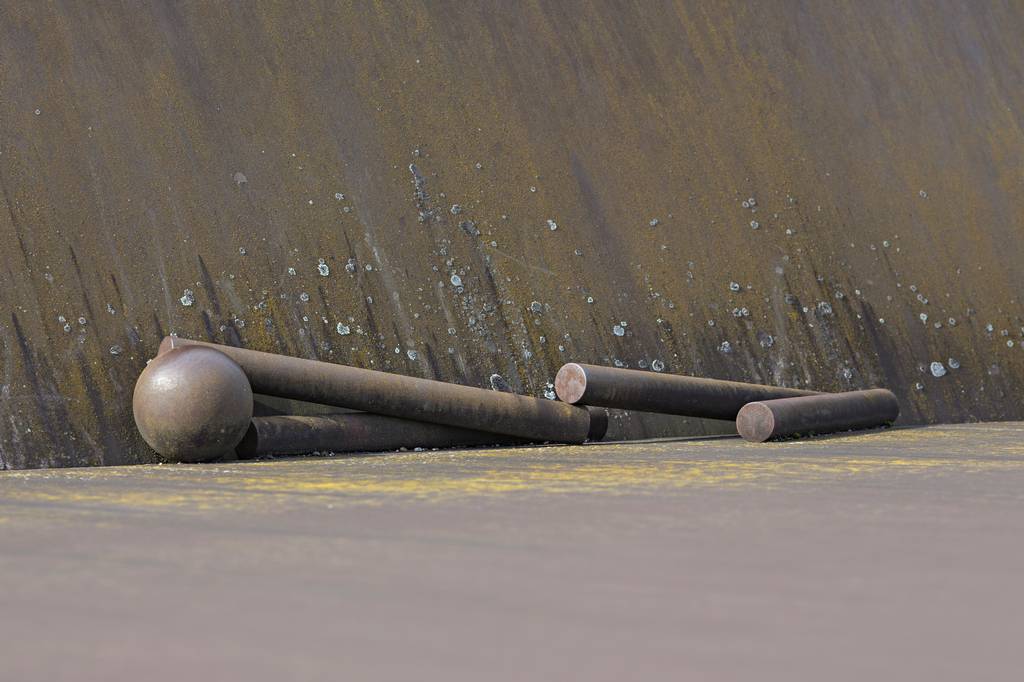The Former Forced Labour Camp in Graz Liebenau - On Dealing with a Long-Suppressed Chapter in Contemporary History
14.09.2017
At the start of 2017, construction began in Graz on a new hydroelectric power station on the Mur river. During the work, a long-suppressed chapter in contemporary history came to light once again: the former forced labour camp at Graz Liebenau.

As an industrial centre, the city of Graz was covered by a network of camps for foreign forced labourers during the National Socialist era. The largest of these was the Graz Liebenau camp with capacity for around 5.000 male and female forced workers. While Graz Liebenau was not part of the system of National Socialist concentration camps, and therefore had no direct connection to the Mauthausen concentration camp, it was nevertheless a central element in a system that saw people from across Europe violently deported from their homes and forced to work under inhuman conditions. The terror and the draconian system of punishment in the forced labour camps, culminating in executions, have been well-documented in academic research. For the camp in Graz Liebenau, there is also evidence that forced abortions were carried out on female foreign labourers.
One particular chapter with a direct connection to the Mauthausen concentration camp concerns the very final phase of the war. During the death marches from the border in Burgenland through Styria to the Mauthausen concentration camp, a total of 5.000 to 6.000 Hungarian Jewish forced labourers were herded through the Liebenau camp. At least 35 people were shot there. How many others died there due to exhaustion, hunger and cold is unknown. The files of a British military trial held in 1947 against those in charge of the camp indicate the existence of further mass graves on the site which were never exhumed.
In the 1950s and 1960s, housing estates were built over large parts of the former camp. In the 1990s, human remains were unearthed during construction work on a nursery school. However, this did not lead to further investigations. The construction of the Mur power station gives the issue a new relevance since building work is taking place in the immediate vicinity of the site of the former camp. The building contractor 'Energie Steiermark' has made a commitment deal with the site in a sensitive way. A study of the history of the Graz Liebenau camp has therefore been commissioned in cooperation with the city of Graz and plans made for an academic conference. The construction work is being monitored by archaeologists from the Federal Monuments Office. A large number of physical remains from the camp have already been recovered and the site of the former camp and its surroundings have now been declared an archaeological site.
The Mauthausen Memorial welcomes these measures. At the same time, we call for current and future changes to the site of the former camp to take its fraught history adequately into consideration. This applies in particular to securing the camp's existing physical remains and to the provision of appropriate information at the site, both in reference to its history and from the perspective of honouring the victims. Equally, we also make an emphatic plea for all potential areas where mass graves might be present to be investigated. Any building and landscaping work should not be allowed to take place on the graves of forced labourers murdered in Graz Liebenau. The Mauthausen Memorial has therefore been in touch with the city of Graz and others involved in the matter to offer its expertise in dealing with historically sensitive sites and the process of creating a memorial site to the victims of the Graz Liebenau forced labour camp.
Christian Dürr for the Mauthausen Memorial